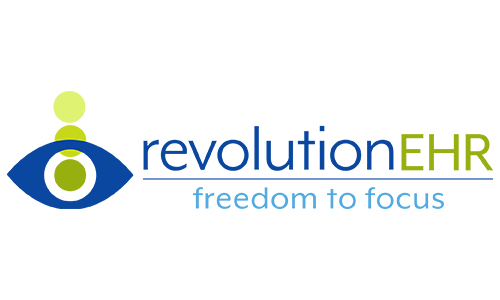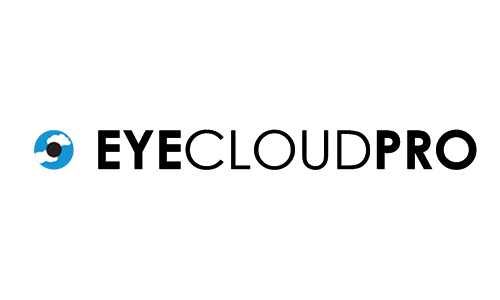How to strengthen your access controls to better manage patient data.
No eyecare practice expects to violate HIPAA compliance. But violations sneak in because of human error. In 2020, Verizon revealed that 31% of healthcare breaches were due to human error.
There might be vulnerabilities in your current system that allows unauthorized individuals access to sensitive patient information. This, of course, can lead to serious HIPAA compliance issues.
But there’s a simple solution: strengthen your access controls. Here’s what that entails.
What Exactly Are Weak Access Controls?
Weak access controls refer to poor practice policies and technical flaws that allow unauthorized people to view or modify patient data. They include:
- Inadequate Authentication: Using easily guessed passwords or failing to require regular password changes makes user accounts vulnerable to hacking.
- Shared Credentials: Allowing multiple employees to share one login reduces accountability and makes it difficult to trace data access to specific individuals.
- Lack of Multi-Factor Authentication (MFA): Solely relying on passwords without a second verification step exposes systems to breaches if passwords are compromised.
- Inactive Account Management: Not revoking access for former employees means they could still access sensitive data if their credentials remain active.
Strengthening Weak Access Controls
Weak access controls can severely impact eyecare practices’ compliance with HIPAA regulations. But that’s not all. Patients lose faith in the practice when they learn their sensitive information is exposed. This can damage the practice's reputation, reducing patient retention and referrals. Not to mention, investigating breaches can consume valuable resources and disrupt day-to-day operations.
To avoid these consequences, consider these improvements:
- Enhance Password Policies: Implement complex passwords that are changed regularly to prevent unauthorized access through brute force attacks.
- Revoke Access Immediately: Ensure that when an employee leaves the practice, their access to patient data is promptly revoked to prevent security gaps.
- Assign Unique Credentials: Each employee should have unique login credentials to attribute data access to specific individuals and identify suspicious activity.
- Implement Multi-Factor Authentication (MFA): Use a second verification step (e.g., a text message code) to confirm user identity before granting access.
By bolstering access controls with these measures, your eyecare practice can significantly improve HIPAA compliance, protect patient privacy, and reduce security risks.









